The self-discharge rate of lithium batteries is usually 2%-5% per month, which is one of the key indicators of battery performance. Self-discharge directly affects battery capacity, cycle life and safety of use, and has a significant impact on both single cells and battery packs. Whether it is a laptop, electric car or energy storage system, understanding and controlling the self-discharge rate is crucial to extending battery life and optimizing performance.
Last updated: May 2025 | Estimated reading time: 8 minutes
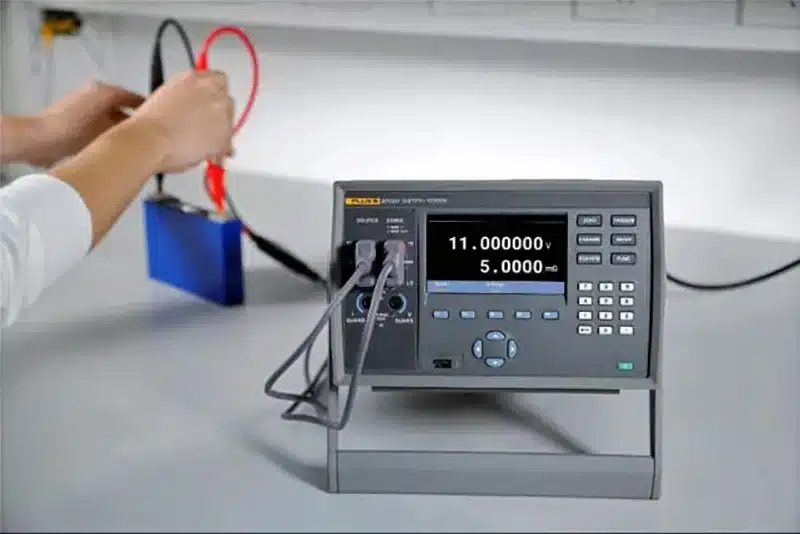
This article will answer your questions:
- Why do lithium batteries self-discharge? What are the differences in the self-discharge rates of different types of lithium batteries?
- What factors affect the self-discharge rate of lithium batteries? How to minimize these effects?
- How to accurately measure and evaluate the self-discharge rate of lithium batteries?
- What are the latest breakthroughs in self-discharge control technology in 2025?
- How to choose lithium batteries with low self-discharge rates to improve the performance of your equipment?
Table of Contents
ToggleWhat is lithium battery self-discharge?
Lithium battery self-discharge refers to the phenomenon that the battery loses power spontaneously when in an open circuit state. It can be divided into two types: reversible and irreversible. Even without any external load connected, lithium batteries will slowly lose power over time. This is the self-discharge phenomenon. For ordinary users, this means that the power of the device will decrease after being stored for a long time.
The self-discharge phenomenon is essentially the result of an electrochemical reaction inside the battery. Reversible self-discharge can restore lost capacity through charging, while irreversible self-discharge results in permanent capacity loss. Compared with the self-discharge rate of 5%-15% per month for lead-acid batteries, the self-discharge rate of lithium-ion batteries is significantly lower, which is one of the reasons why lithium batteries are widely used in portable electronic devices.
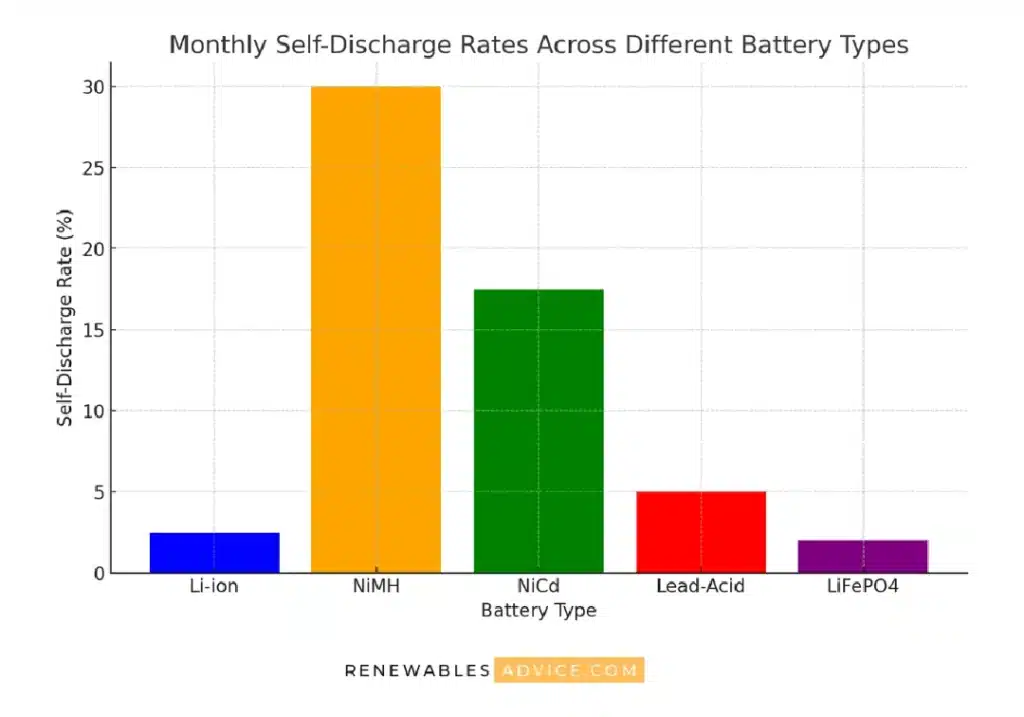
The difference between reversible and irreversible self-discharge
Reversible self-discharge mainly comes from recoverable reactions inside the battery, such as temporary reactions between the electrolyte and the electrodes, while irreversible self-discharge comes from the following aspects:
- Irreversible reaction between the positive electrode and the electrolyte
- Irreversible reaction between the negative electrode and the electrolyte
- Side reactions caused by impurities in the electrolyte
- Micro short circuits caused by impurities introduced during the manufacturing process
Irreversible self-discharge will permanently reduce the battery capacity and directly shorten the battery life, while reversible self-discharge only temporarily affects the battery performance and can be restored by charging.
| Battery Type | Monthly Self-Discharge Rate | Influencing Factors | Practical Significance to You |
|---|---|---|---|
| Lithium-ion Battery | 2%-5% | Temperature, Storage State, Material Quality | Maintains higher charge level even after long-term storage |
| Lead-acid Battery | 5%-15% | Temperature, Impurities, Electrode Corrosion | Requires periodic charging and maintenance |
| Nickel-metal Hydride (NiMH) Battery | 20%-30% | Temperature, Internal Resistance | Significant loss of charge even after short-term storage |
- When storing a laptop for a long time: Charge the battery to 40%-60% and place it in a cool and dry place (15-25°C) to reduce the self-discharge rate by more than 50%.
- Power tool lithium battery management: Use a dedicated battery storage box and charge and discharge it every 3 months to effectively extend the battery life.
- Manage multiple lithium batteries: Do not mix different old and new lithium batteries of different brands, as the difference in self-discharge rates will significantly shorten the battery life.
After a user’s high-end laptop was stored at 60% power for 6 months, the measured power level only dropped to 47%, confirming the excellent low self-discharge characteristics of lithium batteries. NiMH batteries under the same conditions were almost completely discharged after 6 months. Learn more about lithium battery storage best practices to avoid unnecessary capacity loss.
What factors affect the self-discharge rate of lithium batteries?
The self-discharge of lithium batteries is affected by multiple factors. Studies have shown that by controlling these factors, the self-discharge rate of lithium batteries can be reduced from the standard 3% per month to below 1%, thereby extending the battery life.
- Influence of positive electrode materials: Dissolution of transition metals (especially manganese, cobalt, nickel, etc.) is one of the main causes of self-discharge. For example, iron impurities in LiFePO4 materials will precipitate at the negative electrode, causing internal short circuits and increasing the self-discharge rate.
- Characteristics of negative electrode materials: The interface reaction between negative electrode materials such as graphite and electrolyte will form an SEI film, the quality of which directly affects the self-discharge rate. High-quality SEI films can reduce the self-discharge rate by more than 30%.
- Electrolyte composition: Electrolyte additives (such as vinylene carbonate VEC) can significantly improve the quality of the SEI film. Studies have shown that optimized electrolyte formulations can reduce the self-discharge rate by 40%.
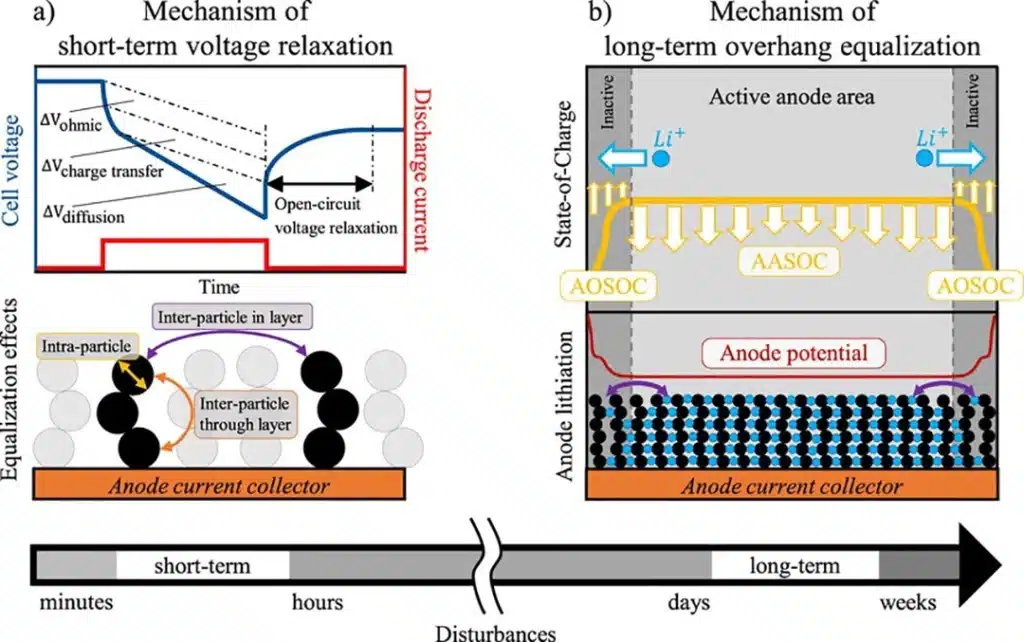
Environmental and usage factors:
Temperature is the most critical external factor affecting self-discharge. For every 10°C increase, the self-discharge rate will increase by about 1 time. In a high temperature environment of 45°C, the self-discharge rate of lithium batteries may reach 3 times that of normal temperature (25°C).
Equally important is the battery’s state of charge (SOC). A high SOC (above 80%) will increase the self-discharge rate because the electrodes are in a more active state. This is why it is recommended to keep lithium batteries at 40%-60% for long-term storage.
| Temperature Condition | Self-Discharge Rate Increase (Times) | Recommended Storage SOC | Remaining Capacity After 6 Months |
|---|---|---|---|
| 0°C (32°F) | 0.5x | 40% | Approximately 37% |
| 25°C (77°F) | Baseline | 40%-60% | Approximately 35% |
| 45°C (113°F) | 3x | 30%-40% | Approximately 18% |
Details in the battery manufacturing process also affect self-discharge performance:
- The burrs generated when the electrode is cut may cause micro short circuits;
- Impurities such as metal powder introduced by insufficient clean environment control;
- The lack of bonding strength between the electrode material and the current collector may cause the electrode material to fall off.
Professor Li from the Battery Research Center of Shanghai Jiao Tong University pointed out: Among all influencing factors, temperature and SOC are the two factors that are easiest for users to control. Appropriately lowering the storage temperature and avoiding high SOC storage can significantly extend the life of lithium batteries.
How to accurately measure the self-discharge rate of lithium batteries?
Measuring the self-discharge rate of lithium batteries is crucial for evaluating battery quality and predicting battery life, but it is also challenging. Since the self-discharge rate of lithium batteries is generally low (2%-5%/month), accurate measurement requires professional equipment and methods. Here are the measurement techniques and their applications you need to know:
Traditional measurement methods:
- Charge the battery to a specific SOC (usually 100%).
- Store for a period of time (days to months) in a controlled temperature environment.
- Measure the remaining capacity and calculate the self-discharge rate.
This method is the most accurate but time-consuming and is not suitable for rapid testing on production lines.
Open circuit voltage decay method. Using the voltage-SOC curve, the self-discharge rate is estimated by monitoring the voltage change. This method is simple to operate, but in some lithium battery chemistry systems (such as lithium iron phosphate), the voltage platform characteristics lead to limited measurement accuracy.
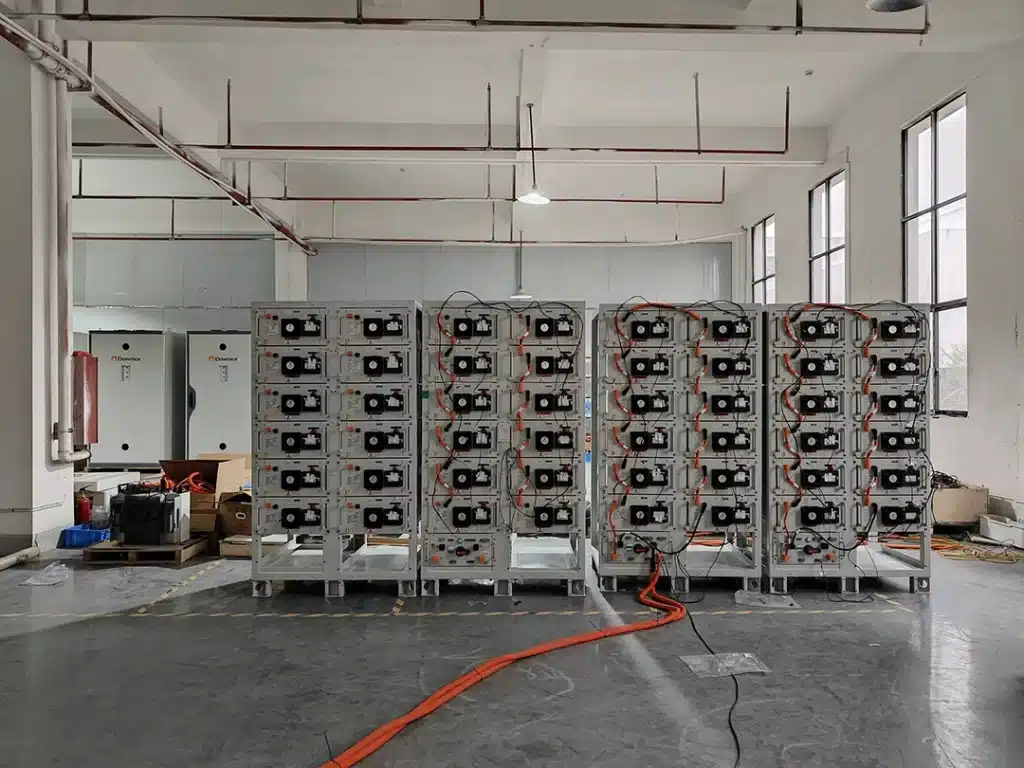
New technology for rapid measurement in 2025
- Electrochemical Impedance Spectroscopy (EIS) Analysis: Evaluate the self-discharge tendency within a few hours by measuring the impedance characteristics of the battery.
- Differential Voltage Analysis (DVA): Use precision voltage measurement equipment to obtain more accurate self-discharge predictions within a few days.
- Artificial Intelligence Assisted Prediction: Combining historical data and battery characteristics, the AI model can predict long-term self-discharge performance in a short period of time.
Practical application skills:
- When purchasing batteries: Check the manufacturing date and initial voltage. Batteries with a manufacturing date of more than 6 months and a voltage significantly lower than normal may have a high self-discharge rate.
- Self-test battery condition: Record the open circuit voltage after full charge, and measure it again after 7 days. Batteries with a voltage drop of more than 0.1V may have a high self-discharge rate.
- Professional testing tools: Consider using a battery internal resistance tester. High internal resistance is usually associated with a high self-discharge rate.
How to reduce and control the self-discharge rate of lithium batteries?
Controlling the self-discharge rate is the key to improving the performance and life of lithium batteries. From material optimization to usage management, a variety of strategies can effectively reduce the self-discharge rate and provide longer-lasting power support for your devices.
Material innovation and optimization
In 2025, lithium battery material technology has achieved significant breakthroughs:
- Improved cathode material: Doping technology reduces the impurity content in materials such as LiFePO4 by more than 90%, effectively reducing the risk of internal short circuit.
- Nano-coated anode: Atomic layer deposition technology is used to form a uniform protective layer on the graphite surface to reduce side reactions with the electrolyte.
- High-stability electrolyte: The new additive combination can form a more stable SEI film and reduce interfacial side reactions.
These material innovations have reduced the self-discharge rate of lithium batteries by approximately 40% compared to 2020, while improving the cycle life.
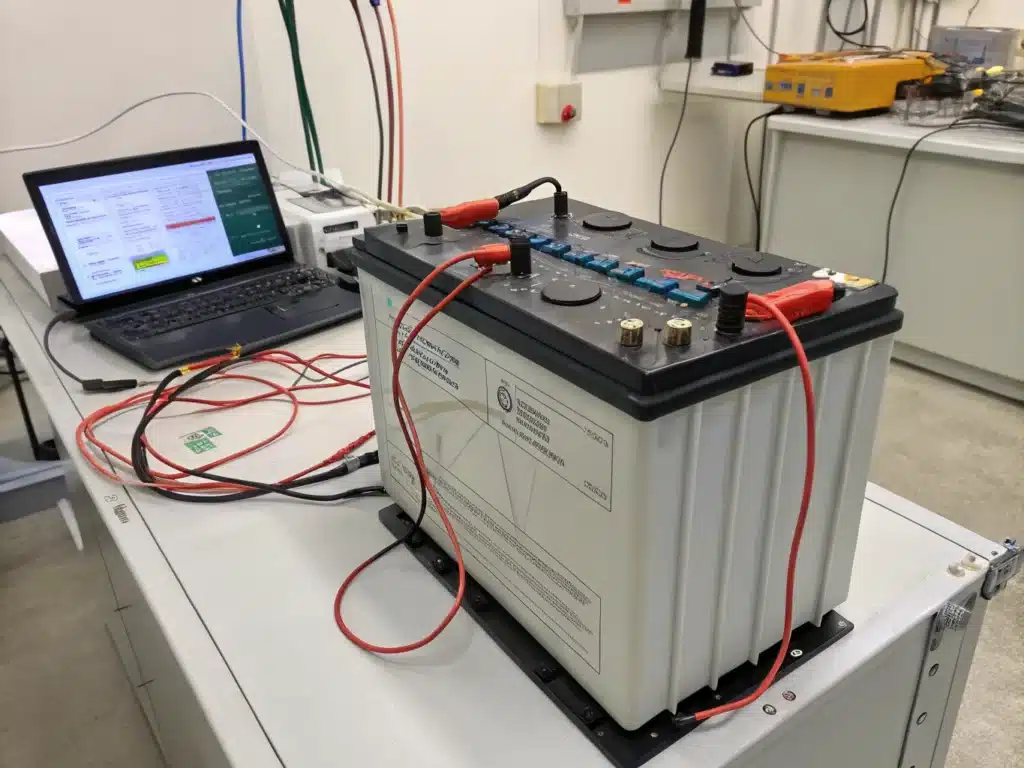
Intelligent battery management system (BMS)
Intelligent BMS system is a new trend in controlling self-discharge:
- Automatic SOC management: When not in use for a long time, the system automatically adjusts the power to the optimal storage level.
- Active temperature control: Monitor and control battery temperature to prevent high temperature from accelerating self-discharge.
- Cell balancing technology: Solve the battery pack matching problem caused by uneven self-discharge.
As a consumer, you can minimize the effects of self-discharge by:
- Smart storage: Store batteries at 10-25°C, away from direct sunlight and high humidity.
- Regular maintenance: Perform a shallow charge and discharge (40%-60%) on batteries that have not been used for a long time every 3 months.
- Device setting optimization: Adjust the power management settings of the device to avoid frequent full charging and full discharging.
The latest development and trend of lithium battery self-discharge technology in 2025:
- Solid-state electrolyte technology: Semi-solid and all-solid-state batteries reduce self-discharge by more than 70% while improving safety.
- Artificial Intelligence Battery Management: AI algorithms monitor and predict self-discharge behavior in real time, proactively optimizing charging and discharging strategies.
- Nanocomposite electrode: Nanomaterials are used to optimize the electrode structure, reduce interface reactions, and significantly reduce the self-discharge rate.
Conclusion
Understanding and controlling the self-discharge rate of lithium batteries is critical to extending battery life and optimizing device performance. Material quality, storage conditions, and usage habits are the three key factors that affect self-discharge. By choosing high-quality batteries, controlling storage temperature, maintaining proper charge, and performing regular maintenance, you can minimize the impact of self-discharge.
It is recommended to develop a personalized battery management plan based on your specific device and usage. For devices used daily, keep the battery level between 20% and 80%; for devices stored for a long time, keep the battery level between 40% and 60% and store in a cool and dry environment. Check the battery status regularly and replace batteries that have obviously deteriorated in performance in a timely manner.
We, Hongyitai, have been focusing on lithium-ion battery production for more than 10 years, helping customers in 100 countries and regions around the world to customize lithium-ion batteries. Our R&D team continues to innovate low self-discharge battery technology, providing customers with high-quality battery products with a monthly self-discharge rate as low as 1%. You can click here to learn about our products.
FAQs
Lithium-ion laptop batteries usually do not fully discharge, even if stored for a long time. Generally, a high-quality laptop battery can still retain 35%-40% of its power after being stored at 50% for 6 months. However, it is recommended to charge and discharge the battery every 3 months to keep the battery healthy.
The self-discharge rate of lead-acid batteries is usually 5%-15% per month, which is about three times that of lithium-ion batteries (2%-5%). This is one of the important reasons why electric vehicles and energy storage systems are gradually switching from lead-acid to lithium-ion technology.
There is usually a positive correlation between the internal resistance of the battery and the self-discharge rate. High internal resistance usually means that the internal electrochemical system of the battery is unstable and prone to side reactions, resulting in a higher self-discharge rate. Measuring internal resistance is an effective way to quickly assess the health of the battery and its tendency to self-discharge.
